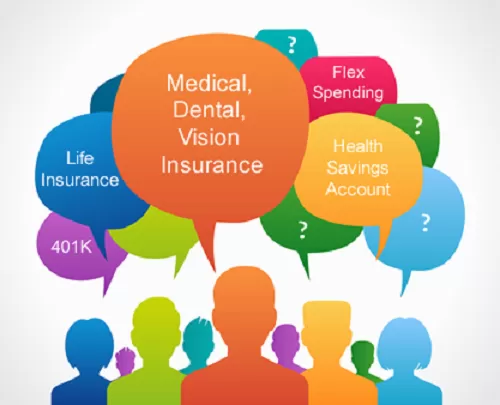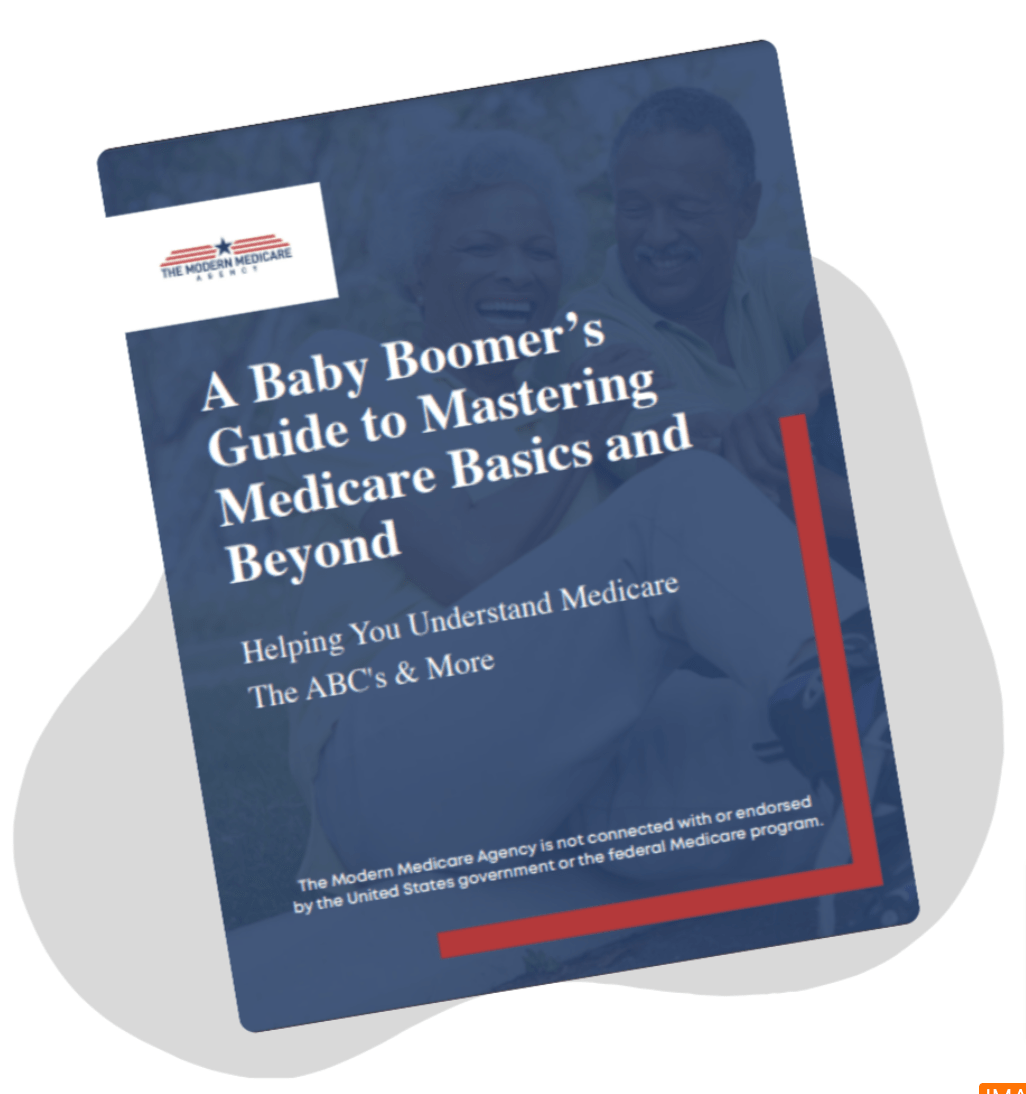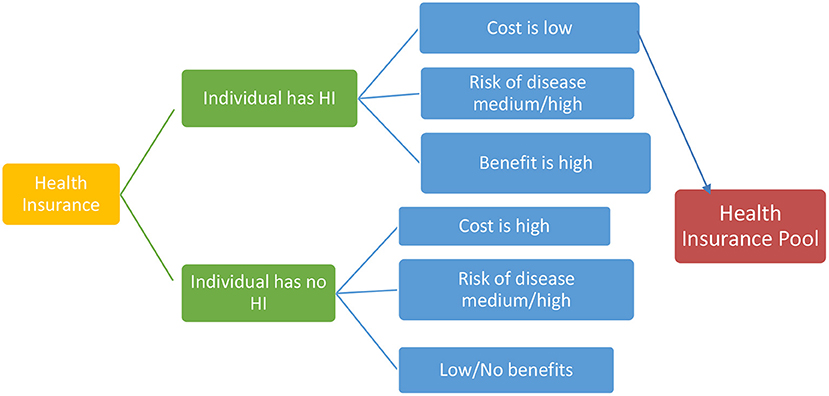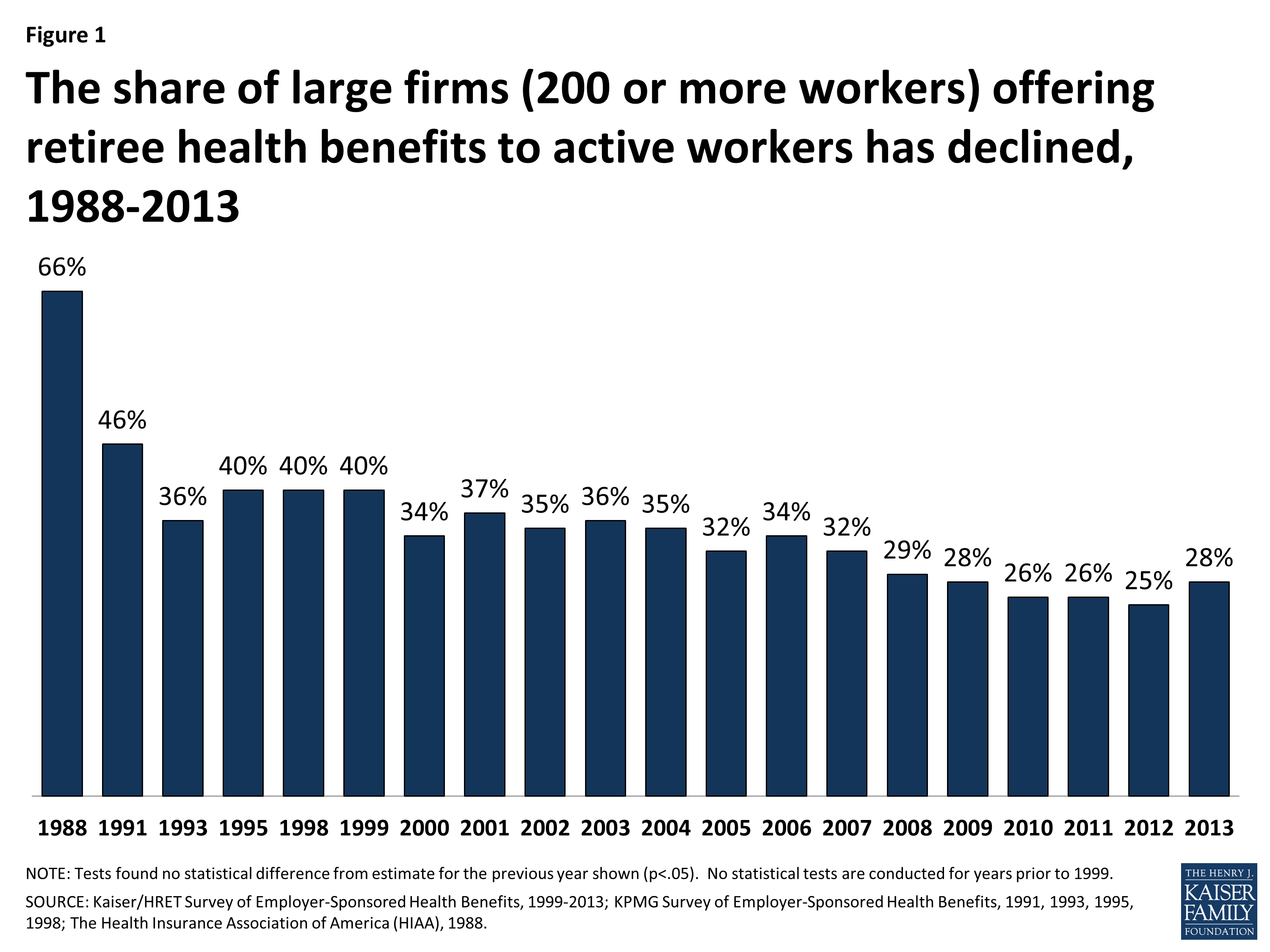Medicare Advantage Agent Things To Know Before You Get This
Table of ContentsMedicare Advantage Agent Things To Know Before You Get ThisThe Main Principles Of Medicare Advantage Agent Things about Medicare Advantage Agent


follows from adheres to the perplexing young reasonably profile of account uninsured with without insurance better health, wellness average, of younger personsMore youthful For those without access to workplace health insurance coverage, poor health is a possible obstacle to purchasing nongroup coverage since such protection may be extremely priced, omit preexisting problems, or be merely not available. Unless otherwise noted, nationwide price quotes of individuals without health insurance and percentages of the populace with different kinds of protection are based on the CPS, the most commonly utilized source of estimates of insurance coverage and uninsurance rates.

Medicare Advantage Agent Fundamentals Explained
Over a three-year duration beginning early in 1993, 72 million individuals, 29 percent of the united state populace, were without insurance coverage for a minimum of one month. Within a solitary year(1994), 53 million people experienced at least a month without protection(Bennefield, 1998a). Six out of every 10 without insurance adults are themselves used. Although working does improve the possibility that a person and one's relative will have insurance coverage, it is not a guarantee. Also participants of family members with two full-time wage income earners have practically a one-in-ten opportunity of being without insurance (9.1 percent without insurance rate)(Hoffman and Pohl, 2000 ). The partnership between medical insurance and accessibility to care is well developed, as documented later in this phase. Although the connection in between wellness insurance coverage and wellness results is neither straight neither straightforward, an extensive medical and health services research study literary works links wellness insurance protection
to better accessibility to care, far better high quality, and enhanced personal and populace wellness status. The second record, on individual health outcomes for uninsured adults, is stood for by the innermost circle of the number, while the third report, on household well-being, includes the topics of the second report yet stresses a various device of analysis, specifically, the family. The sixth record in the series will present information about approaches and campaigns embarked on locally, statewide, or country wide to deal with the lack of insurance policy and its adverse effects. Degrees of evaluation for analyzing the effects of uninsurance. This conversation of wellness insurance policy coverage focuses mostly on the U.S. populace under age 65 since virtually all Americans 65 and older have Medicare or various other public coverage.
It focuses particularly on those without any kind of health and wellness insurance for any size of time. The issues faced by the underinsured remain in some areas similar to those encountered by the without insurance, although they are typically less serious. Uninsurance and underinsurance, nevertheless, involve definitely various policy problems, and the techniques for addressing them might differ. Throughout this study and the 5 records to comply with, the primary focus gets on persons with no health insurance coverage and thus no support in paying for healthcare past what is readily available via charity and safeguard organizations. Health and wellness insurance is a powerful factor affecting invoice of care due to the fact that both individuals and doctors react to the out-of-pocket rate of solutions. Medical insurance, nevertheless, is neither necessary nor enough to get access to medical services. However, the independent and direct result of health and useful content wellness
insurance protection on accessibility to health and wellness services is well developed. Others will get the healthcare they require even without wellness insurance policy, by spending for it out of pocket or seeking it from service providers that provide treatment cost-free or at extremely subsidized prices. For still others, medical insurance alone does not make sure invoice of treatment due to the fact that of various other nonfinancial barriers, such as an absence of healthcare carriers in their community, restricted access to transportation, illiteracy, or linguistic and social differences. Formal study about uninsured populaces in the United States dates to the late 1920s and early 1930s when the Committee on the Price of Treatment created a collection of reports concerning funding medical professional office sees and hospitalizations. This problem came to be significant as the varieties of clinically indigent climbed up during the Great Depression. Empirical studies constantly sustain the web link in between accessibility to care and boosted health and wellness end results(Bindman et al., 1995; Starfield, 1995 ). Having a normal resource of care can be thought about a forecaster of accessibility, instead than a straight action of it, when wellness end results are themselves made use of as access signs. This extension of the notion of access measurement was made by the IOM Board on Keeping An Eye On Gain Access To to Personal Healthcare Solutions(Millman, 1993, p. Whether or not parents are guaranteed appears to affect whether their youngsters obtain treatment in addition to exactly how much careeven if the kids themselves have protection(Hanson, 1998). The health and wellness of parents can affect their capacity to care for their youngsters and the degree of household stress. Stressing over their youngsters's accessibility to care is itself a source of tension for parents. 3 phases adhere to in this record. Chapter 2 provides an overview of exactly how employment-based medical insurance, public programs and specific insurance plan operate and interact to give extensive yet incomplete coverage of the U.S. populace. This consists of a review of historic patterns and public laws impacting both public and personal insurance, a discussion of the communications among the various types of insurance, and an exam of why people relocate from one program to one more or end up
